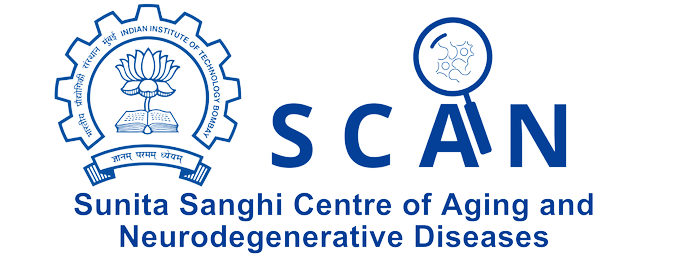
Frontotemporal Dementia
Frontotemporal dementia (FTD) is part of a broad spectrum of neurodegenerative disorders. FTD is pathologically manifested by the atrophy of the frontal and temporal lobes of the brain, which affects a person’s behavior, personality, and movement. FTD is the third most common cause of dementia caused by neurodegeneration. FTD is a highly progressive neurodegenerative disease with heterogenous pathology and shows overlapping clinical symptoms with AD and psychiatric disorders. The onset of this disease often starts much earlier than AD, although the late-onset pattern of FTD has also been reported.



Pathology
While the molecular pathology of FTD is still unclear, recent scientific evidence suggests that FTD occurs due to abnormal protein clusters in the neurons of the frontal and temporal lobes of the brain. Although FTD is manifested by several pathologies, the most common pathology for FTD is, however, lacking any distinct histological feature, known as DLDH (dementia lacking distinctive histological features). Remarkably, three proteins, including tau, transactive response (TAR), DNA binding protein 43 kDa (TDP43), and fused in sarcoma (FUS), most often show positive pathological features. Together, they’re called frontotemporal lobar degeneration, or FTLD pathology. Half of the pathologies known to be associated with FTD are positive for TDP43 (FTLD-TDP43 pathology), and the other half show Tau pathology (FTLD-Tau pathology). Around ~5% of cases are positive for FUS inclusion, referred to as FTLD-FUS pathology.



Signs & Symptoms
Patients with FTD may exhibit dramatic changes in their personalities and behaviour. The major behavioural symptoms in FTD patients include impulsivity, apathy, compulsive and repetitive movements, changes in dietary habits, and poor planning and assessment. The individual could also exhibit issues with language, an inability to express themselves, and difficulty in reading and writing. Several FTD patients complain of a generalized weakness of their muscles or a slowing of their actions. FTD patients may also experience disorientation or slower, difficult movements.



Risk Factors
Recent research in the field has identified genetic mutations that may contribute to the pathogenesis of FTD. This suggests that an individual with a family history of FTD might be at a higher risk of developing the disorder. But half of the FTD patients have no family history of the disease, which suggests that it can also be sporadic in nature. Other risk factors may include autoimmune disorders, inflammation, cardiovascular diseases, traumatic brain injury, etc. Scientists, doctors, and researchers across the world are working to understand the exact disease mechanism of FTD to develop effective treatment strategies.



Diagnosis & Cure
As of now, there is no complete cure for the disease, nor is there a single diagnostic test available for FTD. But certain blood tests, brain scans, assessments of mental abilities, and symptoms are being performed by doctors to rule out conditions with similar symptoms. Brain imaging, including MRI and PET scans, can aid in diagnosing several types of dementia, including vascular dementia and FTD. In some cases, however, antidepressants and antipsychotic drugs were used, which could be beneficial. Unfortunately, they come with severe side effects.


